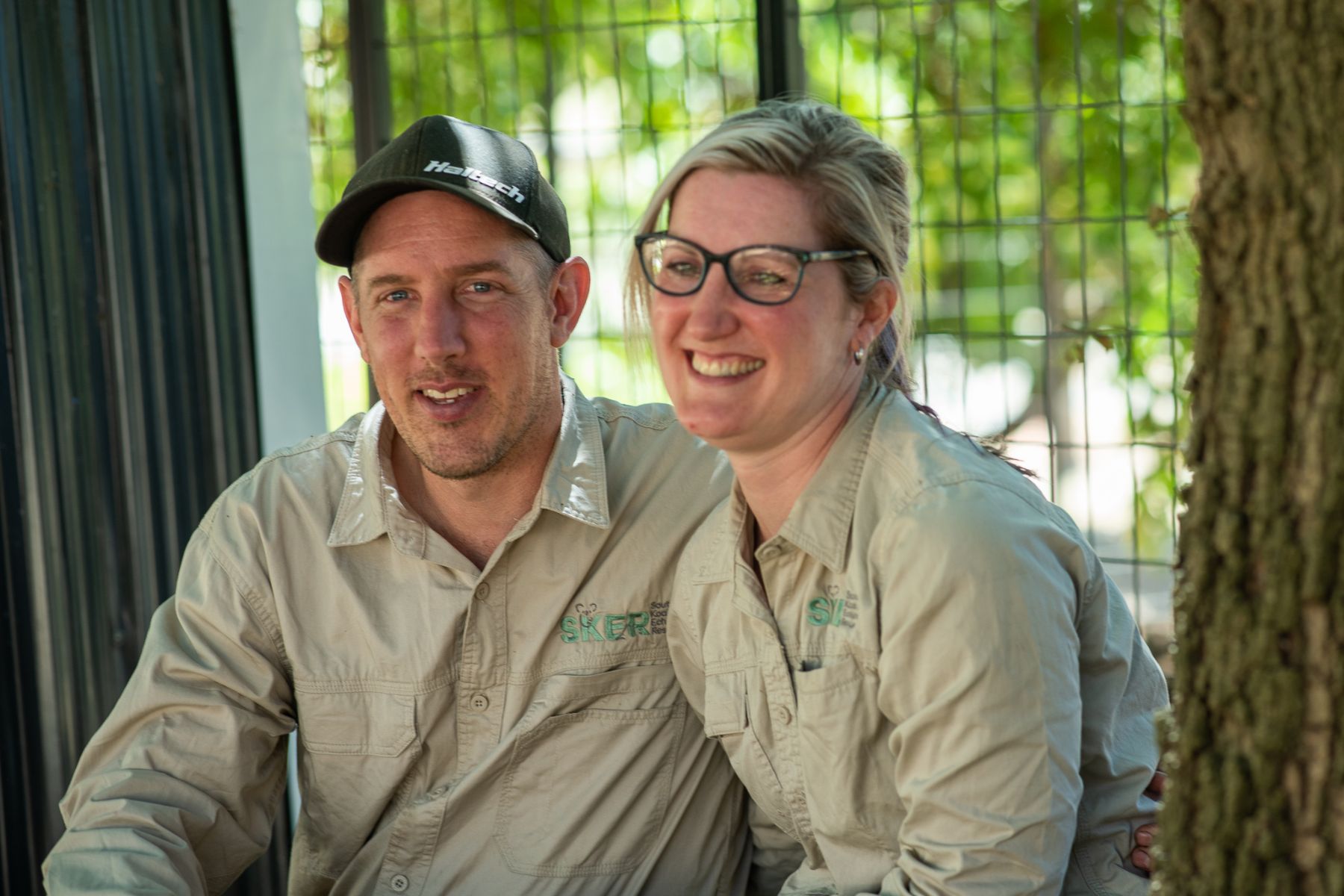Smithson: Is saving our koalas too much to bear?
A leading wildlife organisation is finding it hard to survive, let alone scratch out a living, as demand for its services soars, writes Mike Smithson.

They’re the significant and iconic images of most tourism campaigns and even feature heavily in Australian-based movies such as the newly launched Kangaroo Island.
Who doesn’t love the sight of a cuddly koala to remind us that we’re living in the lucky country?
But behind the scenes many animal lovers are cringing at the perilous road ahead.
A leading organisation, which cares for our indigenous creatures, is finding it hard to survive, let alone scratch out a living as demand for its services soars.
Southern Koala and Echidna Rescue (SKER) is the volunteer-based epicentre of an escalating problem.
It’s SA’s only full-time and dedicated wildlife vet clinic and is based in the Onkaparinga Hills.
A similar and startling statistic applies to its demand for services and its equally sky-high running costs.
Over the past two years specialist care of animals is up by 350 per cent.
But to continue at its current pace past October the clinic needs $350,000, which has been sought from the state government.
That plea for cash was lodged in May, but SKER says it’s yet to receive any commitment of support.
“Demand is being driven by the combined impacts of climate change and human activity,” according to founder and operations manager Mish Simpson.
You might like
“That includes habitat loss, vehicle strikes, dog attacks, bushfires and heatwaves,” she said.

In tough economic times it’s easy to see why such a service could be overlooked in the government’s overall wildlife budget.
Many of us, including bureaucrats in ivory towers, probably assume wildlife rescue looks after itself.
We see volunteers caring for injured animals or view professional handlers proudly letting international visitors stroke or cuddle koalas at facilities such as Cleland Wildlife Park.
But it’s not as easy or as glossy as the koala brochures might lead us to believe.
“The organisation is also facing pressure on another front,” Mish says.
“Volunteer fatigue is hitting people who form the backbone of rescue and rehab efforts.
“They’re still recovering from burnout after a devastating summer season.”
SKER hopes for the best but fears the worst as we rapidly approach the funding deadline and another peak demand in Spring.
Without the proper resources it can’t retain a full-time veterinary team and volunteers could be in decline.
The visuals of this will become very public.
“We will have no choice but to make the heartbreaking decisions that will leave sick and injured wildlife to suffer,” she said.
“Wildlife is an integral part of Australia’s identity and environment.
“Protecting them isn’t just about saving individual animals, it’s about safeguarding biodiversity for future generations.”
Stay informed, daily
So, where does the state government currently stand?
In June the Treasurer proudly announced a Budget delivery for the environment.
The $159 million allocation was specifically for new measures to help protect our natural beauty including saving an important wildlife hospital, maintaining the health of the River Murray and expanding a national park at the centre of a World Heritage bid.
Stephen Mullighan went on to say, of that money, $7.6 million would support the volunteer wildlife sector, provide grants for vets treating injured animals and improve biodiversity.
It seems clear enough that taxpayer funds were set aside for the next four year in that Budget document, but SKER hasn’t seen one dollar of the trumpeted funds despite constant enquiries to the Department for Environment and Water.
Grants appear to be available to commercial vets for wildlife care, but most will tell you that they’re already working flat out caring for domestic pets.
Their specific knowledge and skills in native wildlife care may also be lacking.
Simpson also fears many commercial vet clinics simply don’t have the time to see more animals.
“The money’s there so why not fund a specific wildlife facility,” she says.
| Sponsored |
The other main rescue facility, the Adelaide Koala and Wildlife Centre, is housed on Anzac Highway.
Even in its scaled down form, that service has received funding.
One could argue whether it’s at the “ground zero” of geographical necessity, where SKER definitely is.
The government’s response is that money for wildlife rescue, through its grants process, will be out by the end of the year.
But it can’t say for certain whether SKER will be a beneficiary.
That doesn’t sound promising, but where there’s life there’s hope.
Mish Simpson also fears, whilst deservedly topical, the algal bloom crisis will soak up any spare, current funding.
Speaking of which, here’s another under the radar appointment: high-profile State Emergency Service chief officer Chris Beattie has just been seconded to the Premier’s office to help coordinate our future algal bloom response.
For how long?
How long is a piece of string, seaweed or the toxic existence along our coastline?
Well into next year I suspect.
Mike Smithson is weekend presenter and political analyst for 7News.








